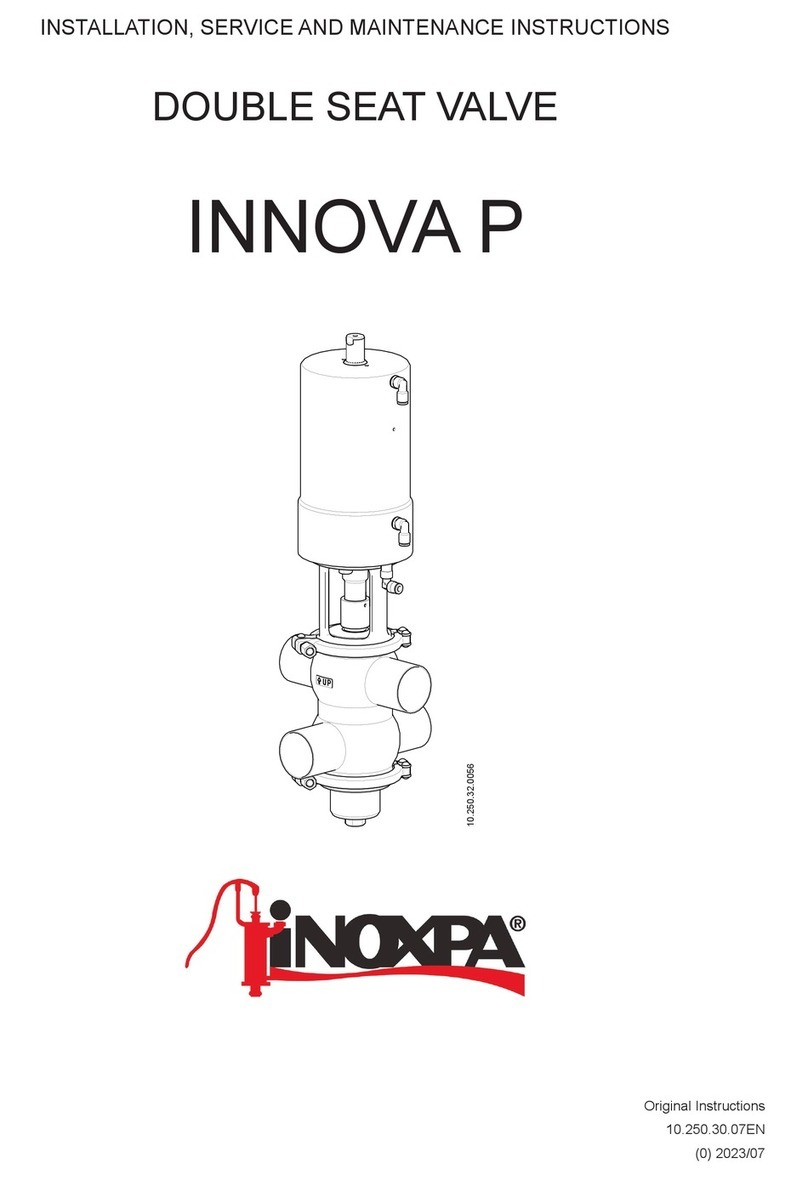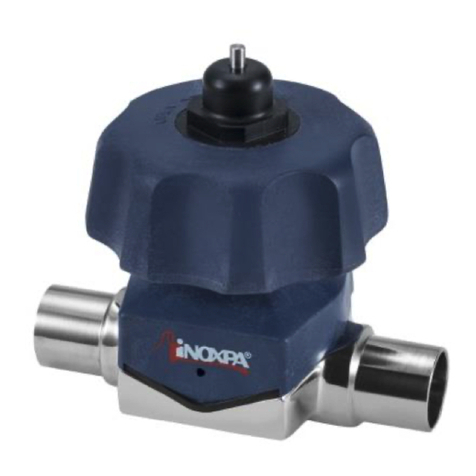INOXPA PHARMAVALVE Installation and user guide




















Table of contents
Other INOXPA Control Unit manuals
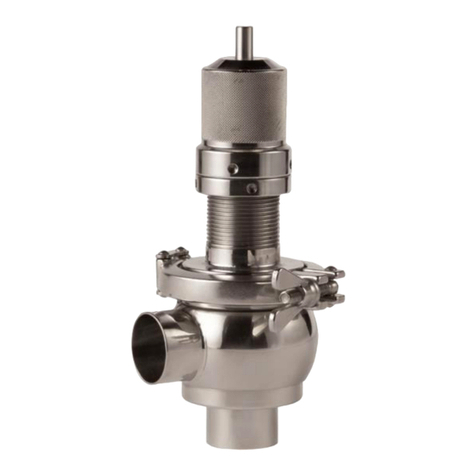
INOXPA
INOXPA OVERFLOW Manual

INOXPA
INOXPA BALL Installation and user guide
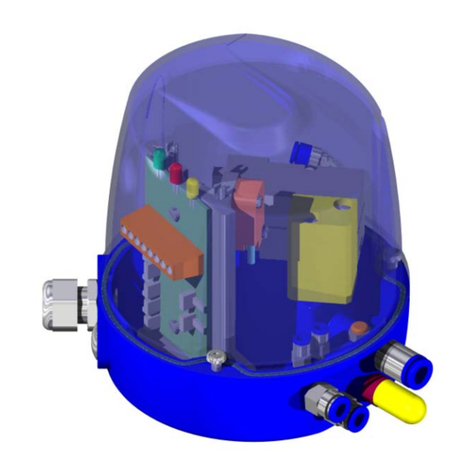
INOXPA
INOXPA C-TOP Installation and user guide

INOXPA
INOXPA NL Manual
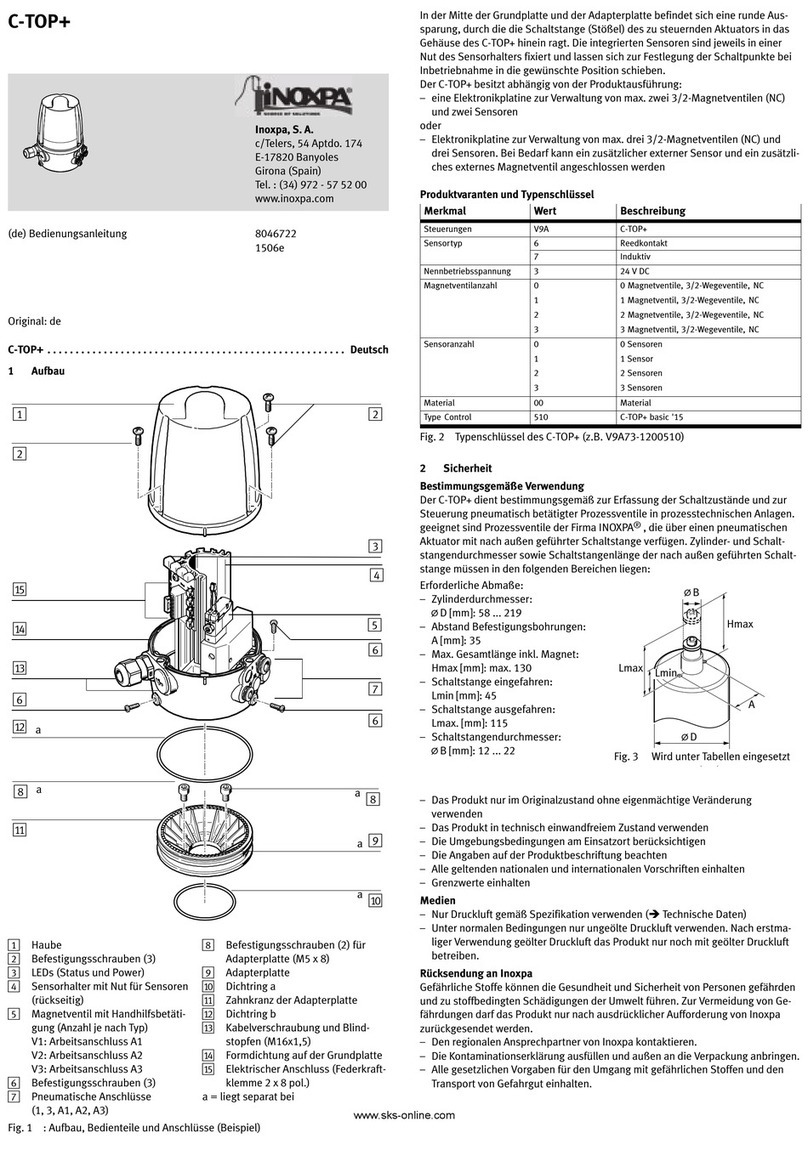
INOXPA
INOXPA C-TOP+ User manual
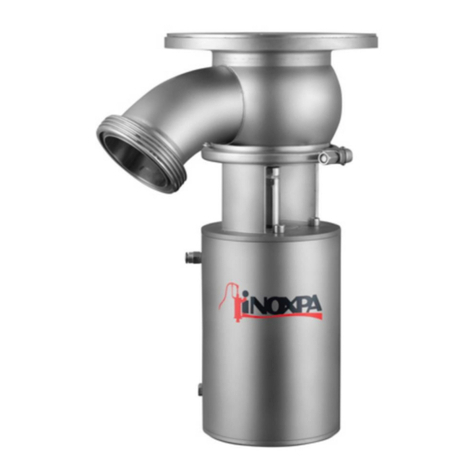
INOXPA
INOXPA INNOVA F Ex Manual

INOXPA
INOXPA BUTTERFLY Manual
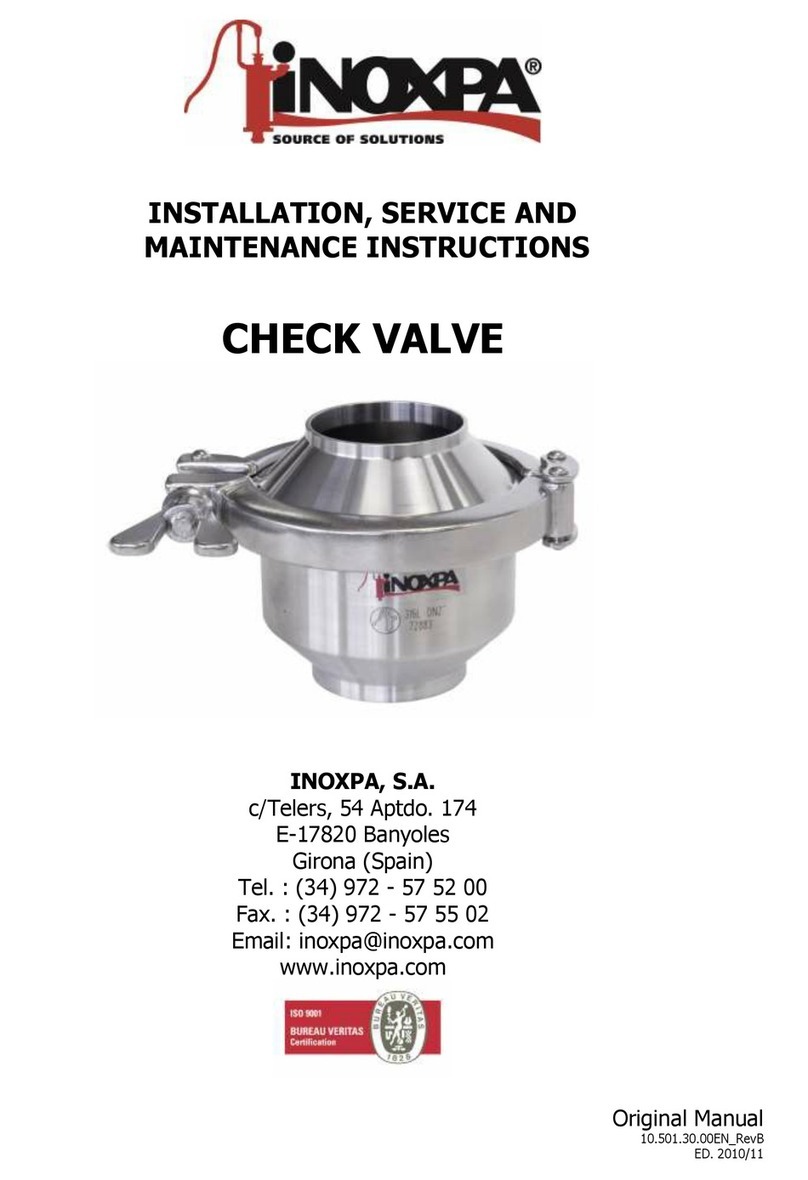
INOXPA
INOXPA 72700 Manual
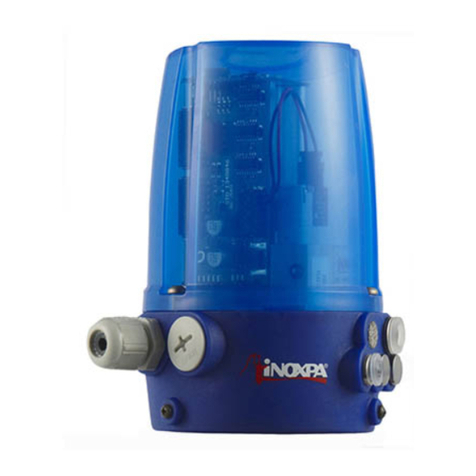
INOXPA
INOXPA C-TOP+ User manual
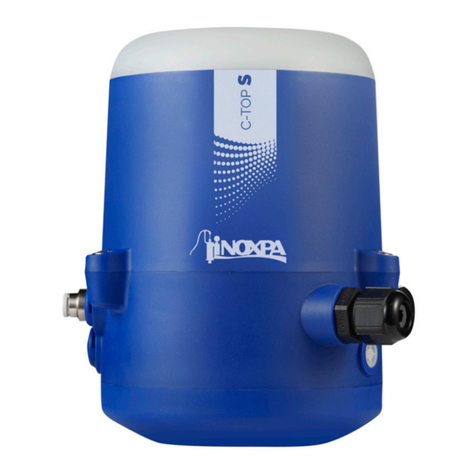
INOXPA
INOXPA C-TOP S Manual
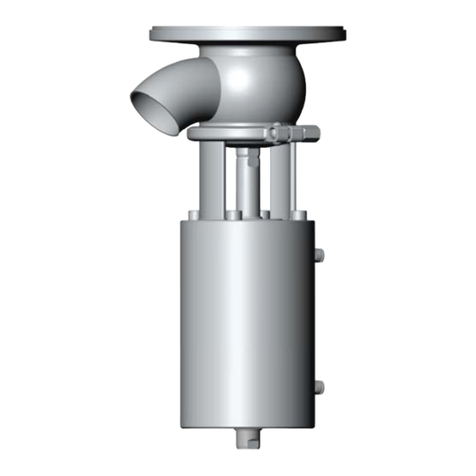
INOXPA
INOXPA INNOVA F Installation and user guide

INOXPA
INOXPA INNOVA F Manual

INOXPA
INOXPA INNOVA S Manual

INOXPA
INOXPA INNOVA P Series Manual
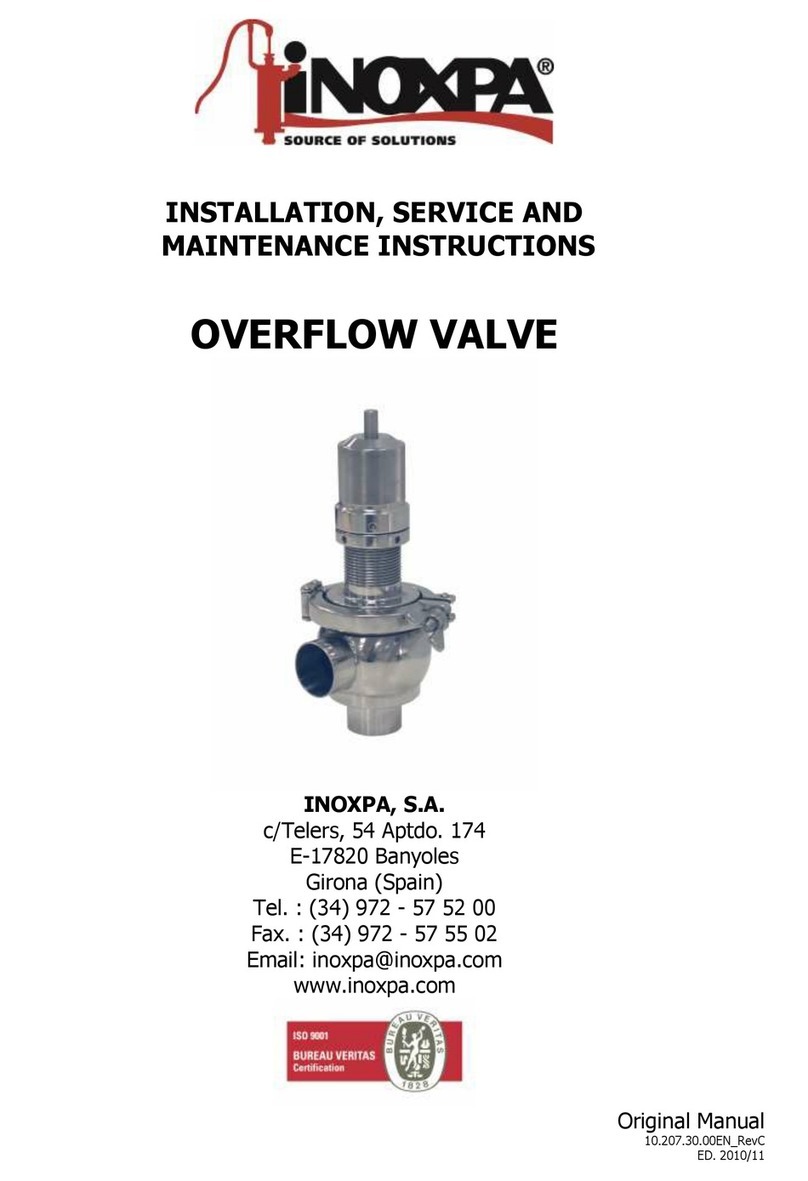
INOXPA
INOXPA 74700 Manual
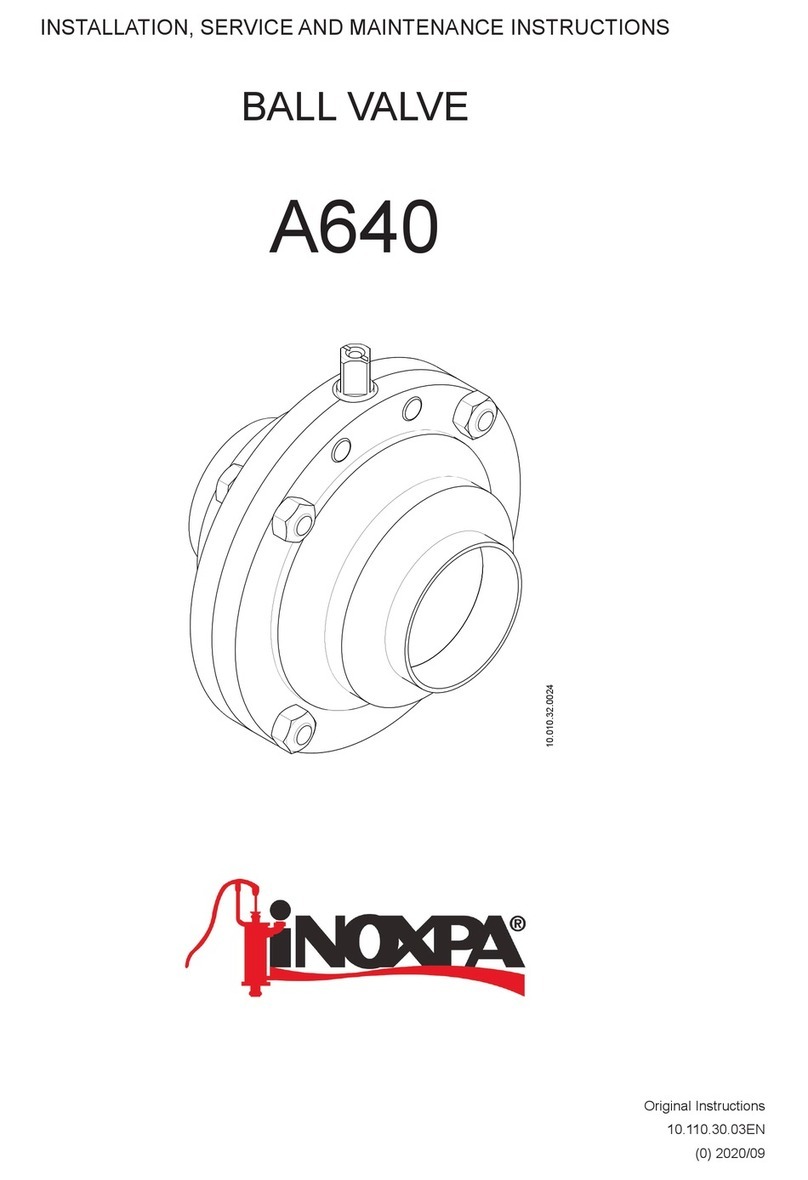
INOXPA
INOXPA BALL Manual

INOXPA
INOXPA INNOVA G Manual
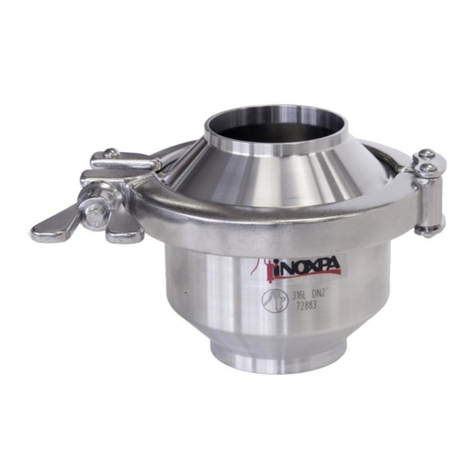
INOXPA
INOXPA Check Manual
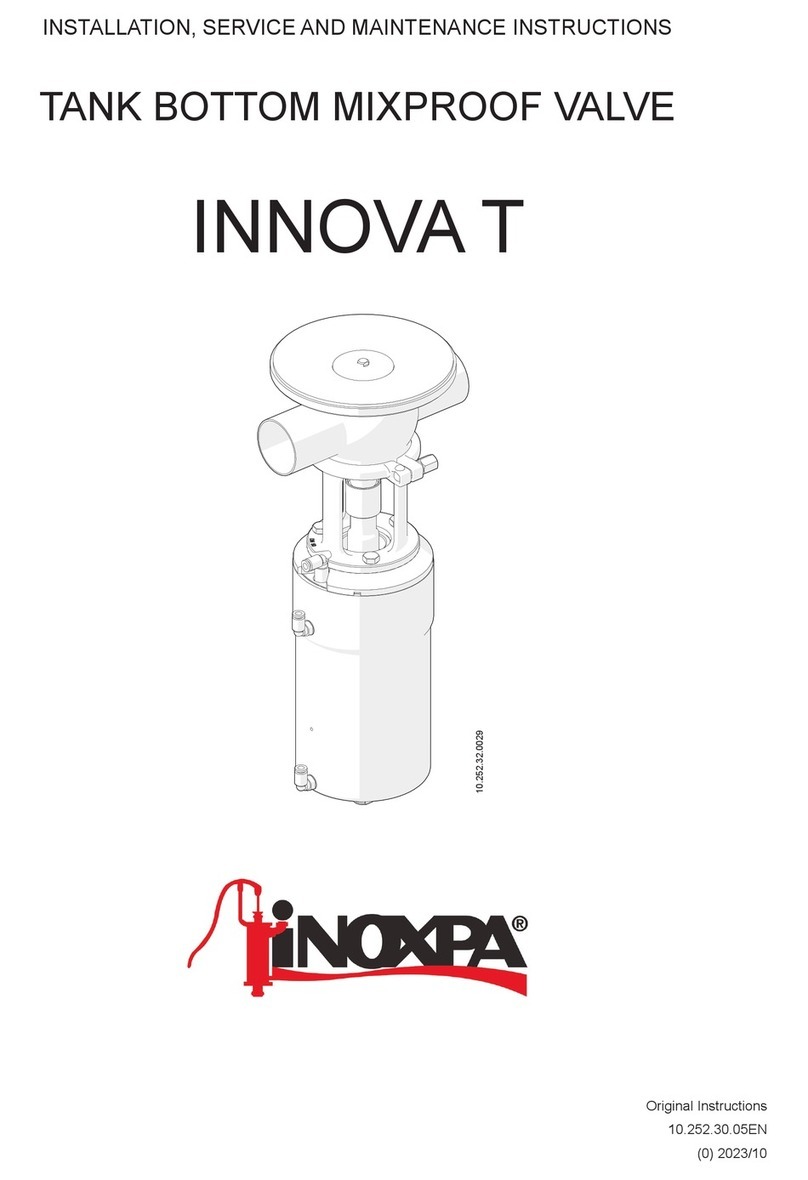
INOXPA
INOXPA INNOVA T Manual
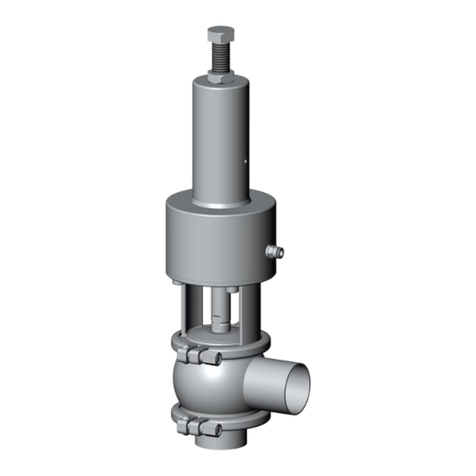
INOXPA
INOXPA INNOVA J Installation and user guide
Popular Control Unit manuals by other brands
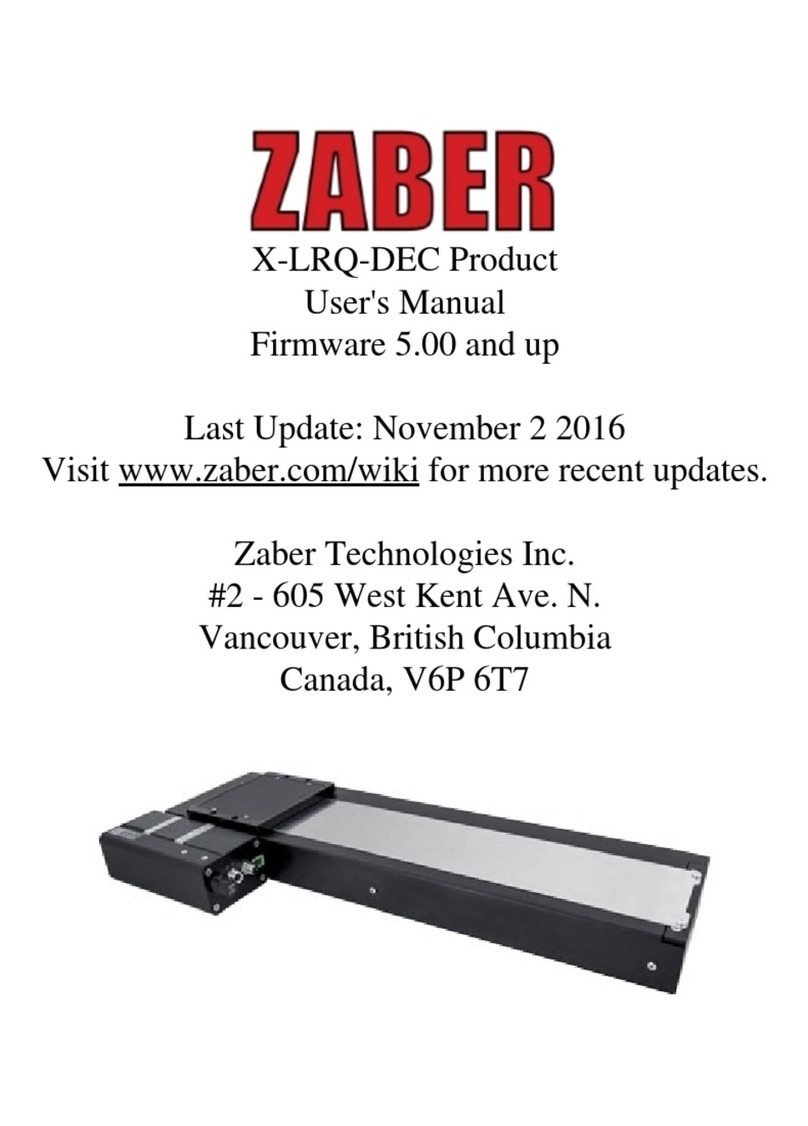
Zaber Technologies Inc.
Zaber Technologies Inc. X-LRQ-DEC Series user manual

Sony
Sony HDCU-700A Maintenance manual supplement
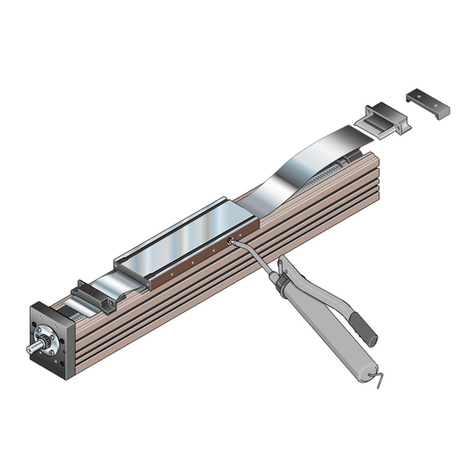
Star
Star MKK instructions
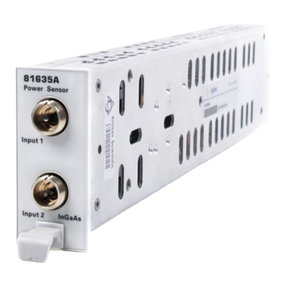
Agilent Technologies
Agilent Technologies 81630B user guide

Samson
Samson 3271 Mounting and operating instructions
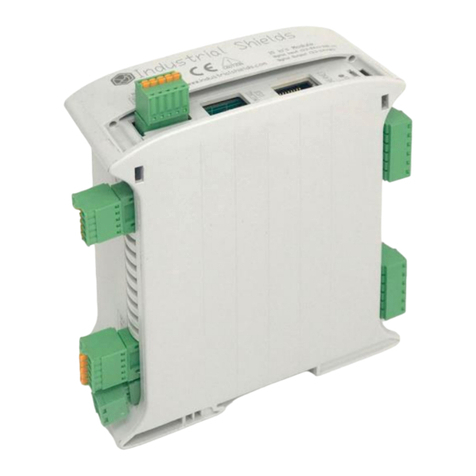
Industrial Shields
Industrial Shields PLC 10 user guide
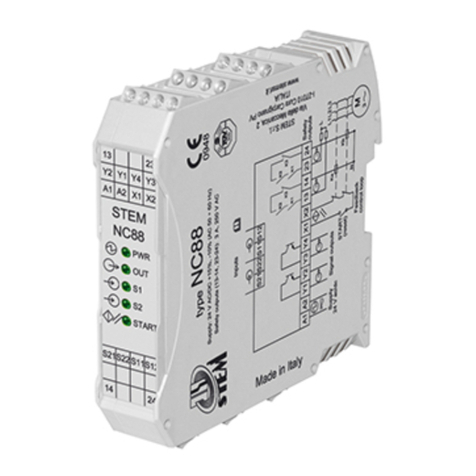
Stem
Stem NC88 operating instructions
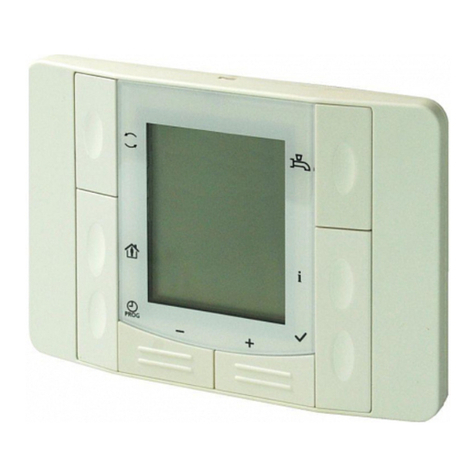
Siemens
Siemens Climatix POL822 Instruction
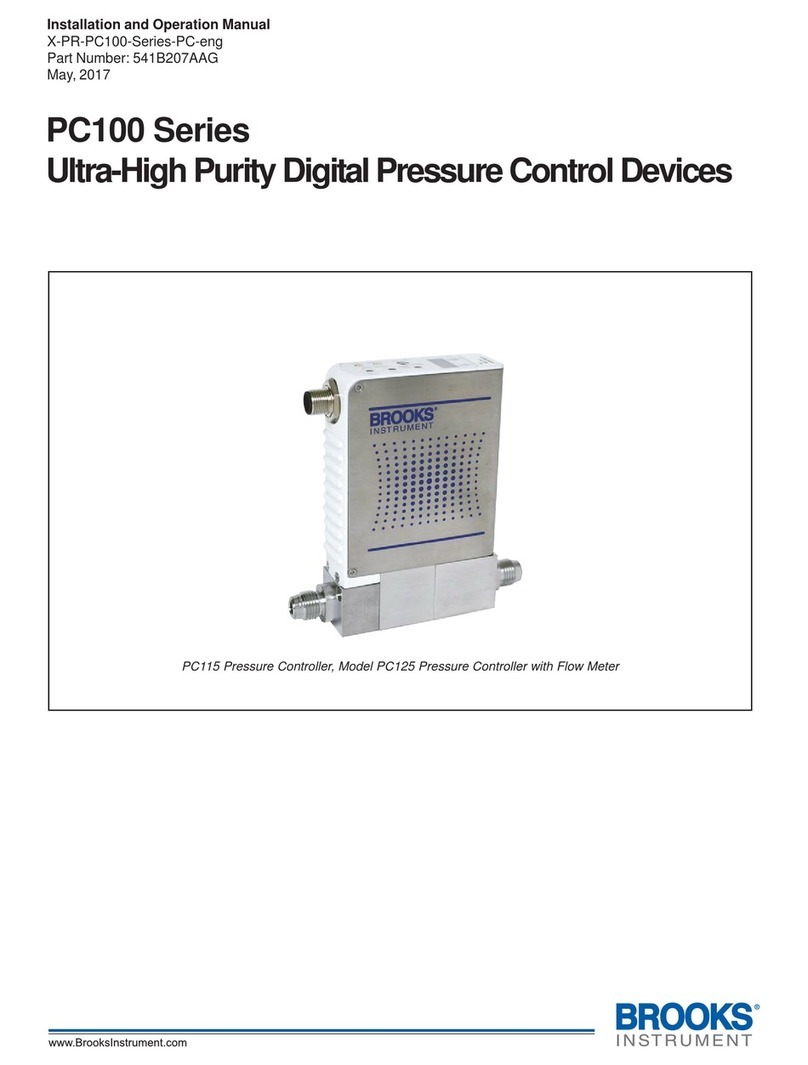
Brooks
Brooks PC125 Installation and operation manual
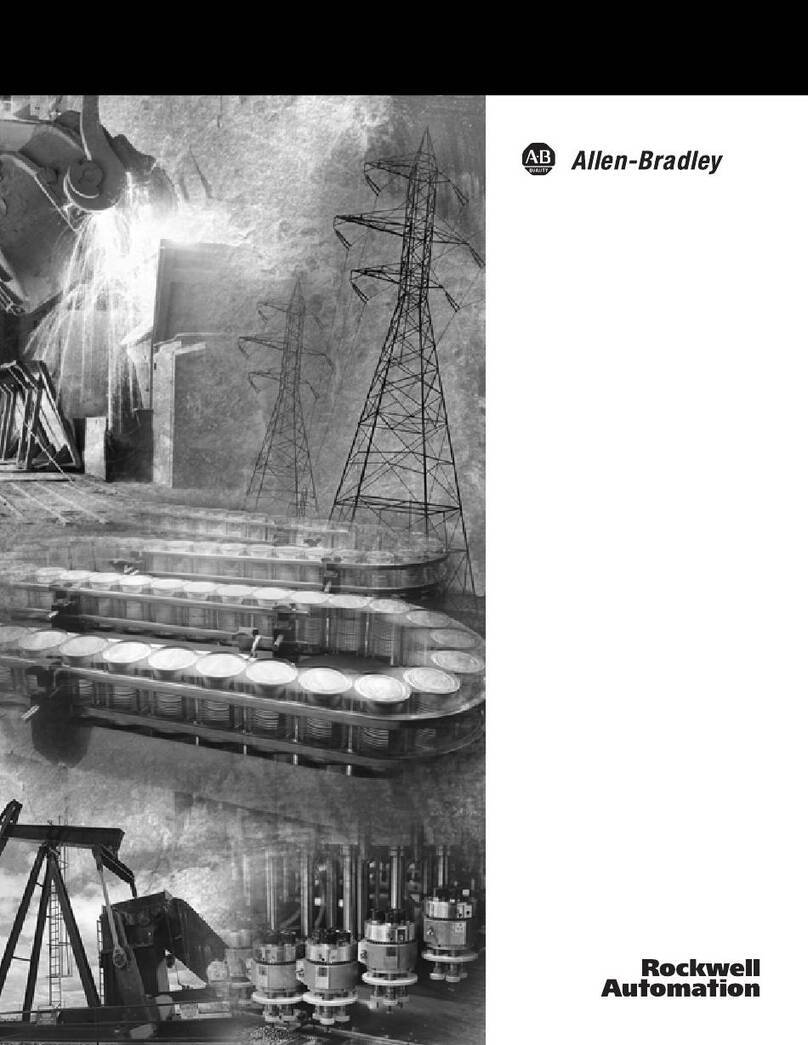
Rockwell Automation
Rockwell Automation AB quality Allen-Bradley 1746-INT4 user manual
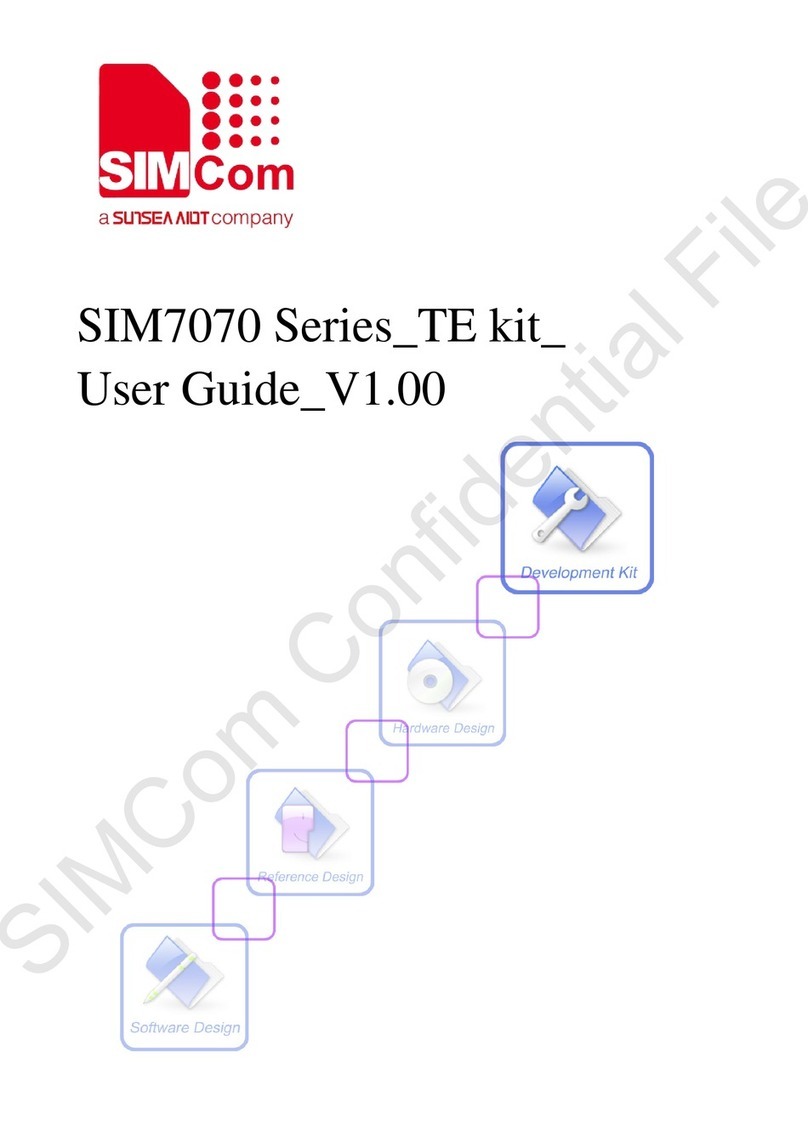
Sunsea AIoT
Sunsea AIoT SIMCom SIM7070 TE Series user guide
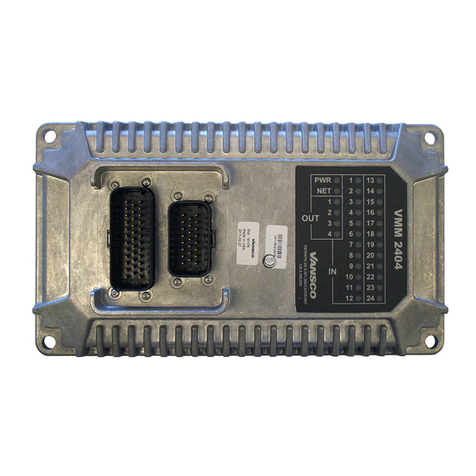
Parker
Parker Vansco user guide
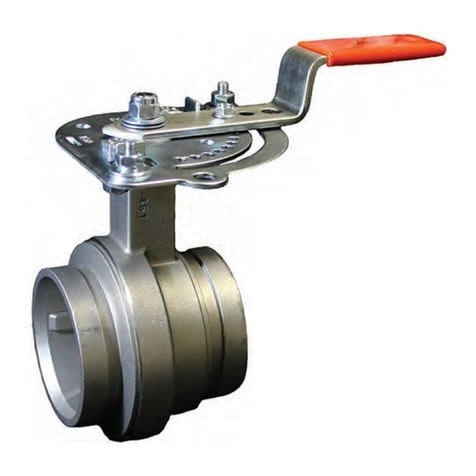
Victaulic
Victaulic Vic-300 MasterSeal 761 Series Installation and maintenance instructions
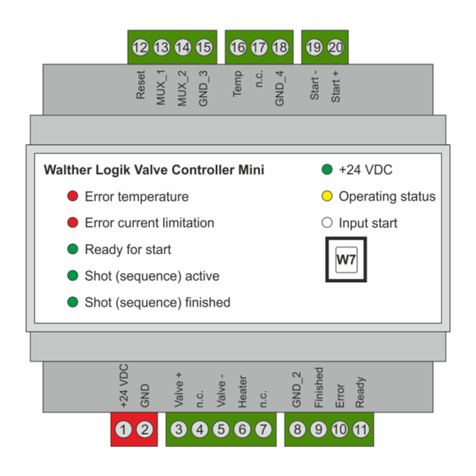
Walther Systemtechnik
Walther Systemtechnik WLVCM operating manual
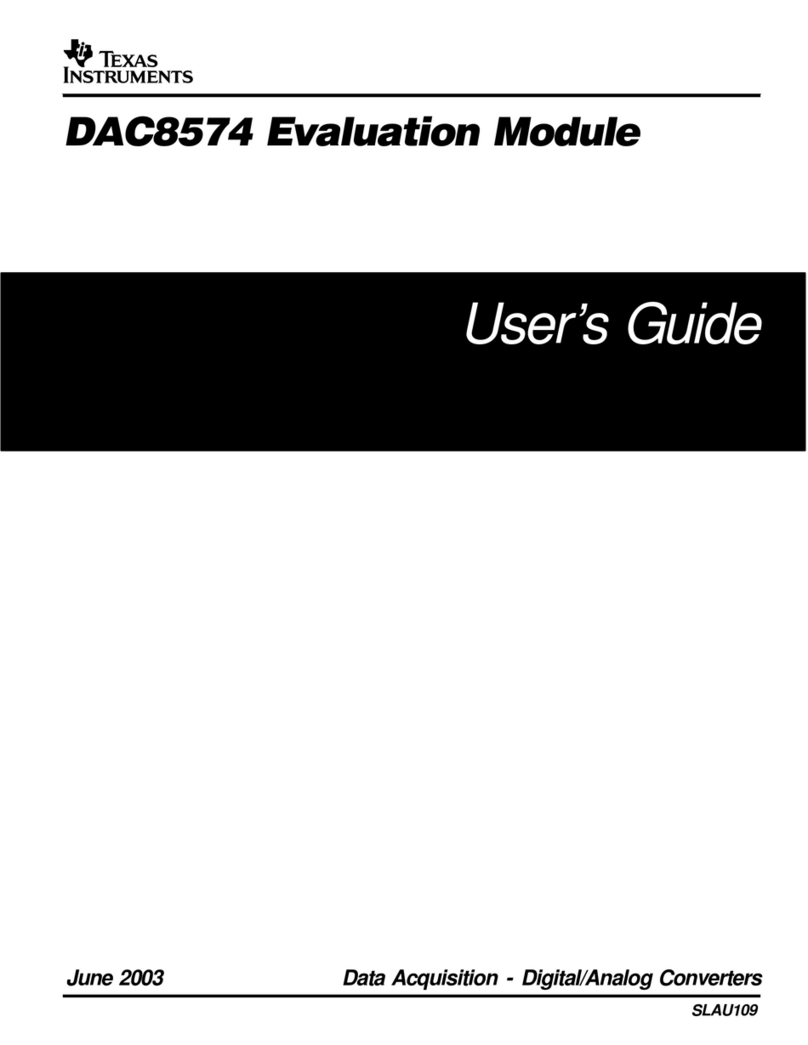
Texas Instruments
Texas Instruments DAC8574 user guide

GEM
GEM 613 Installation, operating and maintenance instructions
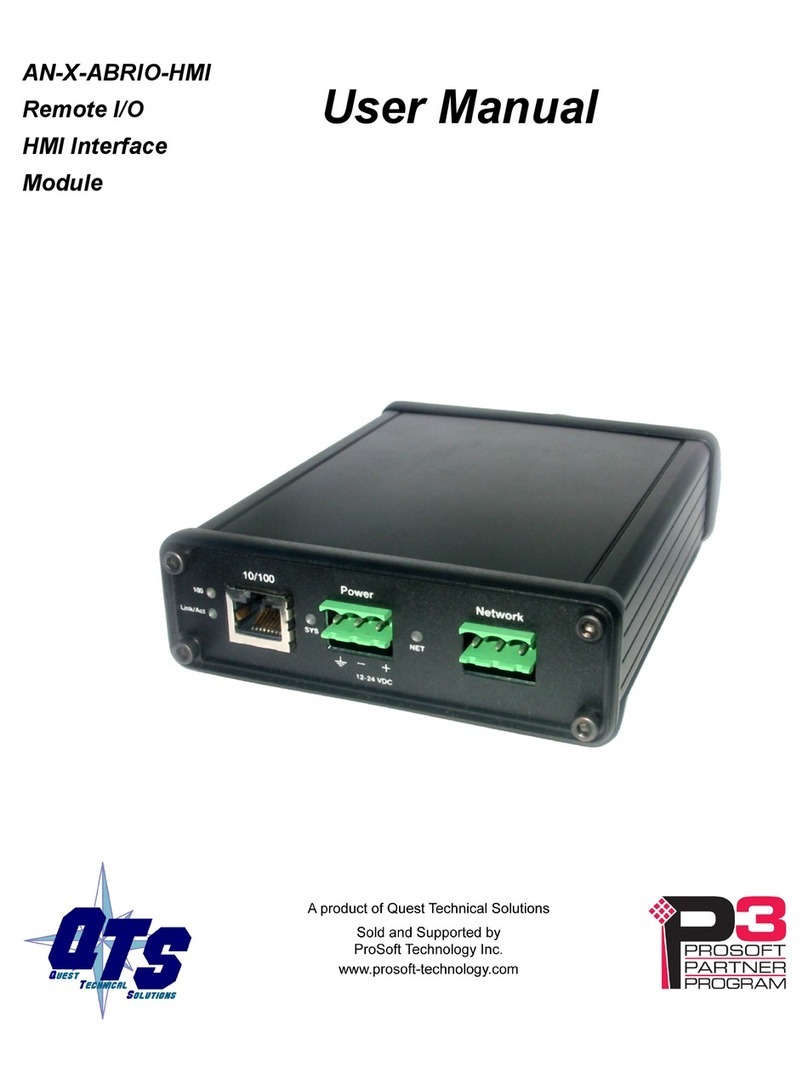
QTS
QTS AN-X-ABRIO-HMI user manual
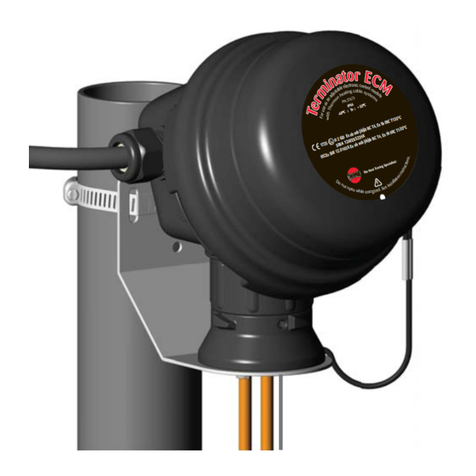
Thermon
Thermon Terminator ECM-P-WP Installation procedures

